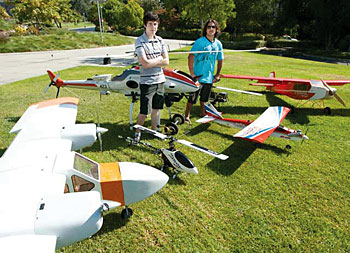INDIAN ARMED FORCES CHIEFS ON OUR RELENTLESS AND FOCUSED PUBLISHING EFFORTS

The insightful articles, inspiring narrations and analytical perspectives presented by the Editorial Team, establish an alluring connect with the reader. My compliments and best wishes to SP Guide Publications.

"Over the past 60 years, the growth of SP Guide Publications has mirrored the rising stature of Indian Navy. Its well-researched and informative magazines on Defence and Aerospace sector have served to shape an educated opinion of our military personnel, policy makers and the public alike. I wish SP's Publication team continued success, fair winds and following seas in all future endeavour!"

Since, its inception in 1964, SP Guide Publications has consistently demonstrated commitment to high-quality journalism in the aerospace and defence sectors, earning a well-deserved reputation as Asia's largest media house in this domain. I wish SP Guide Publications continued success in its pursuit of excellence.
- Indian Air Force Aims for Full Indigenous Inventory by 2047 — Air Chief Marshal A.P. Singh
- General Upendra Dwivedi takes over as the Chief of the Army Staff
- Rajnath Singh assumes charge as Defence Minister for the second consecutive term
- Admiral Dinesh K. Tripathi assumes Command of the Indian Navy as 26th Chief of the Naval Staff
- Prime Minister witnesses 'Bharat Shakti' – a Tri-Services Firing and Manoeuvre Exercise in Pokhran, Rajasthan
UAV research takes off with NSF grant

Aerospace engineering Professor Subodh Bhandari has received a $3,60,000 grant from the National Science Foundation (NSF) to continue research on the development of robust controllers for unmanned aerial vehicles (UAVs).
The department has a variety of UAVs, from remote-controlled airplanes to the Yamaha R-MAX helicopter, which was a gift valued at $2,00,000 from Northrop Grumman.
“We have the equipment and hardware available,” Bhandari says. “We need mostly time, time for faculty and undergraduate students to work on these research projects.”
At Cal Poly Pomona, faculty and students are developing custom controllers that will allow UAVs to fly on autopilot. Without someone in the cockpit, the control system must be programmed to handle all elements and situations, including changes in flight conditions, wind and other flying objects. That involves hundreds of hours of flight testing in the field and in the wind tunnel, collecting data and programming. Each control system is also customised to each aircraft in order to maximise its flying abilities.
“They’re specifically tailored for high performance,” says Matthew Rose, an aerospace engineering senior. “We’re designing them to be more nimble, easier to move, easier to work with.”
Developing custom controllers is time- and labour-intensive, says aerospace engineering junior Hovig Yaralian. A team of full-time engineers and programmers needs about a year to develop one, which translates into two or three years for a student team, Yaralian says.
The NSF grant will involve faculty and students from aerospace engineering, electrical and computer engineering, engineering technology, and computer science. Bhandari, who says UAV projects are collaborative by nature, hopes to bring in additional funding and partnerships with companies and other universities.
“Local industries like Northrop Grumman and Boeing want our students to work in a collaborative environment,” Bhandari says. “That’s why this project is good.”





